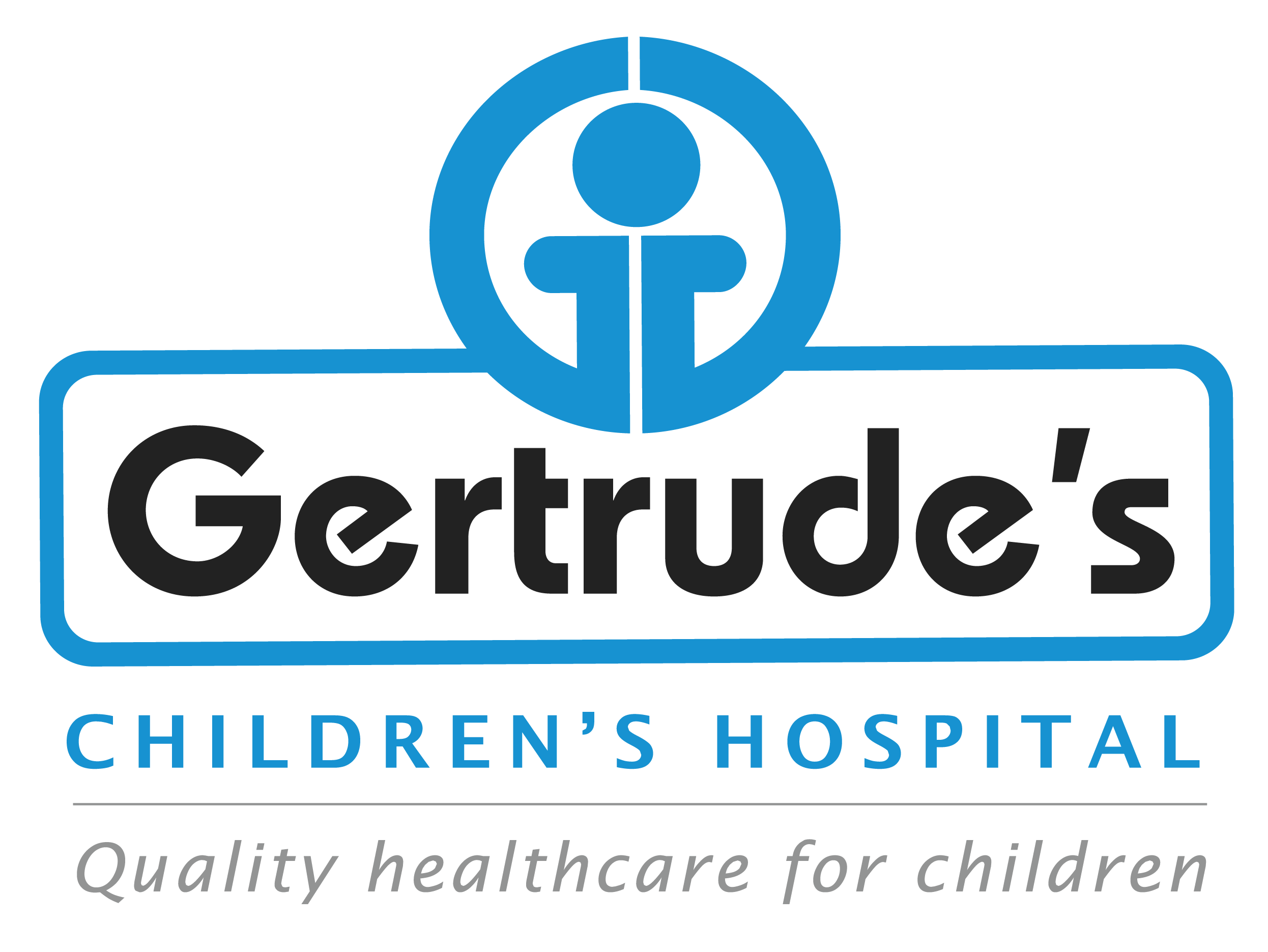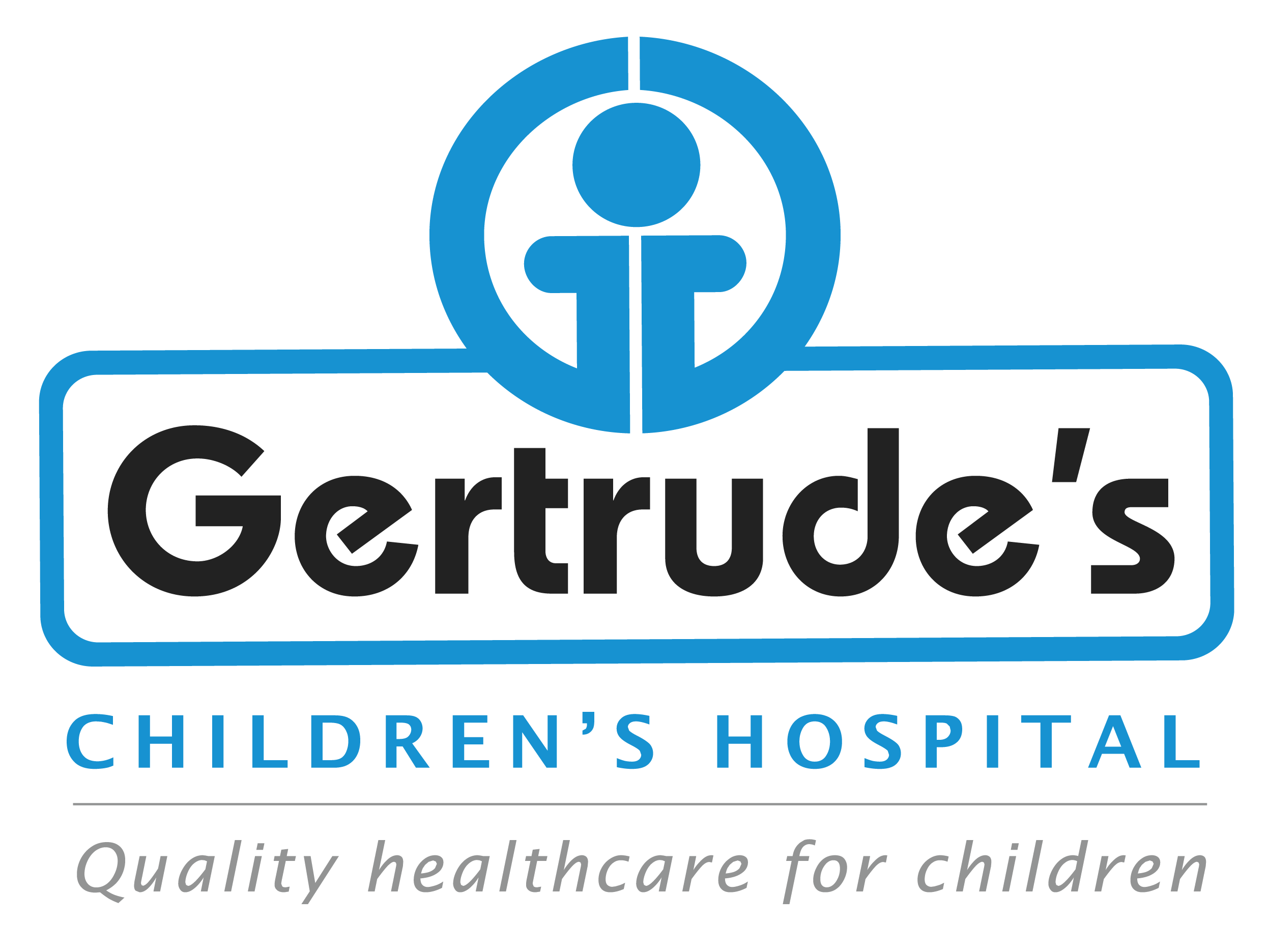Eosinophilic esophagitis (EoE) is a chronic immune system disease where a type of white blood cell, called eosinophils, builds up in the esophagus, the tube that connects the mouth to the stomach. This build-up causes inflammation and damage to the esophagus, leading to difficulty swallowing, food getting stuck, and, in some cases, pain. EoE is often triggered by allergens, such as certain foods or environmental factors. If left untreated, it can lead to long-term damage and complications.
Symptoms
- Difficulty swallowing (dysphagia): Trouble moving food through the esophagus, especially with solid foods.
- Food impaction: Food may get stuck in the esophagus, causing discomfort or the need for medical assistance to remove it.
- Chest or abdominal pain: Children may complain of pain in the chest or stomach, especially after eating.
- Vomiting: Frequent vomiting or regurgitation, especially after meals.
- Failure to thrive: Difficulty gaining weight or growing properly due to feeding issues.
- Chronic heartburn: Symptoms of acid reflux that don’t improve with typical medications.
- Feeding refusal: Infants or young children may refuse to eat or show signs of discomfort during meals.
Causes
- Food allergies: Foods like milk, eggs, wheat, soy, nuts, and seafood are common triggers.
- Environmental allergens: Pollen, dust mites, and animal dander can contribute to EoE in some children.
- Genetic factors: Children with a family history of allergies, asthma, or EoE may have a higher risk.
- Other allergies: Children with eczema, hay fever, or asthma are more likely to develop EoE.
Diagnosis
- Medical history and symptom review: The doctor will ask about any ongoing swallowing issues, food allergies, and related symptoms.
- Endoscopy: This procedure uses a small camera to look at the esophagus and may show inflammation, narrowing, or other abnormalities.
- Biopsy: Small samples of tissue from the esophagus are taken during an endoscopy and examined under a microscope to check for eosinophils.
- Allergy testing: Skin or blood tests may help identify food or environmental allergens triggering the condition.
Treatment Options
- Dietary therapy: A common approach is to eliminate specific foods that may be triggering the condition. An allergist or nutritionist will work closely with you to create an elimination or elemental diet, where specific foods are removed, or specialized formulas are given to avoid allergens.
- Medications:
- Topical steroids: Swallowed corticosteroids can help reduce inflammation in the esophagus without systemic side effects.
- Proton pump inhibitors (PPIs): These medications reduce acid production in the stomach and can alleviate some symptoms of EoE.
- Dilation: In severe cases, where the esophagus has narrowed (strictures), a procedure to widen the esophagus may be necessary to make swallowing easier.
- Long-term management: Ongoing monitoring and follow-up are essential as EoE is a chronic condition. Dietary changes and medication adjustments may be needed to prevent flare-ups and manage symptoms.
Why Choose Us
Expert team
Our pediatric specialists have extensive experience in treating children.
Personalized care
We create treatment plans that fit each child’s unique needs
Support and education
We teach children and families how to care for them and prevent future cases
Advanced treatments
Access to the latest treatments and products
Contact
Please feel free to contact us with any general or medical enquiry by calling us.





